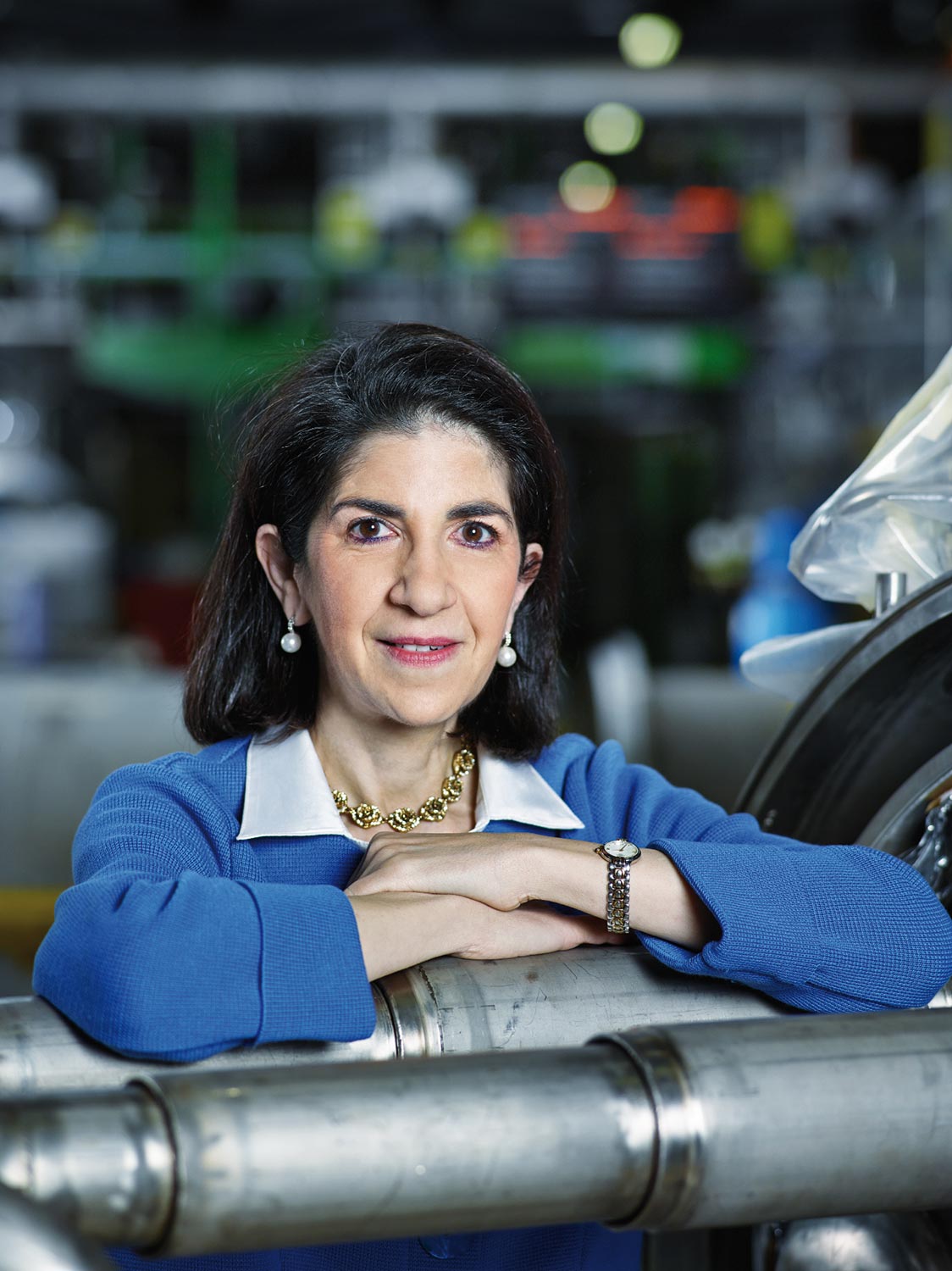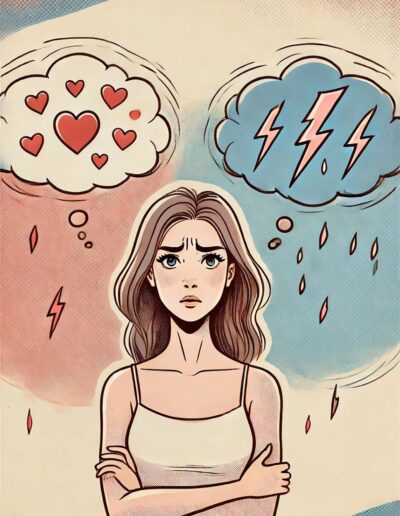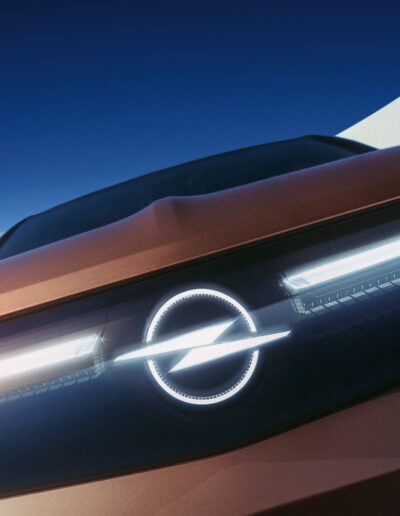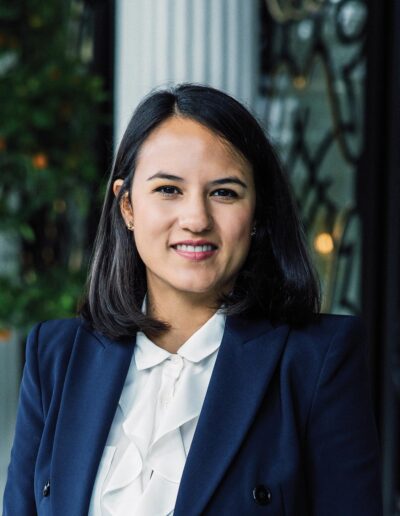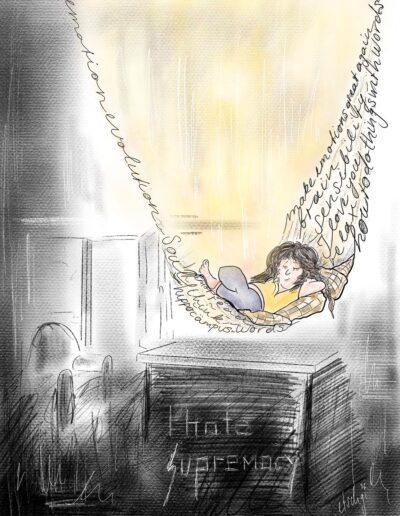It took some patience and time to find a slot to meet with Dr Fabiola Gianotti, Director of CERN in Geneva. But then this is what science is all about: waiting. The time will come when
you find what you are looking for, just like the scientist at CERN looking for particles that explain how the universe originates. CERN is the European Laboratory for Particle Physics, which was created 71 years ago in 1954.
Dr Gianotti is the first Director-General in the history of CERN to be reappointed for a second term from 1st January 2021 to 31st December 2025, right after her first period from 1st January 2016 to 31st December 2020. And what’s more, she is the first woman in this role.
Ladies Drive: Dr Gianotti, you were born in Rome. Can you recall the scent of your childhood?
Dr Gianotti: What I remember is a fragrance of flowers because when I was a child we used to live in a in a very nice and green area and I could smell it going to school in the morning. We would walk from home with my mum and my father and I could smell the flowers. It was particularly strong in spring, and it changed in the course over the year.
I think I know what you mean, I’ve been to those parks. Was it jasmine?
Exactly, jasmine, yes!
When you walked to school, did you picture yourself where you are nowadays? Did you already have a plan?
Not at all. I enjoyed studying and learning since I was a little child. I found a lot of pleasure in learning new things. At school I loved all kinds of topics, from history to Latin, from mathematics to foreign languages, everything. I remember when with my parents, at the beginning of the school year in October, I would go and buy the books for the year. That was a fantastic day because I would spend hours looking at the new books and the many things I would learn. At the same time, I was a very lively child, and I loved playing with my friends.
When did you start to think that you have this kind of future ahead – when you started to study physics?
I never pictured myself being in this position, not even a few months before I was appointed the Director-General of CERN. I am an experimental physicist, and I have been working at CERN since 1994. I never, never thought and imagined becoming one day the director of the lab. I was working on many experiments, and was the head of the ATLAS experiment (editor’s note: the ATLAS Detector is the largest volume detector ever constructed for a particle collider) at the time of the discovery of the Higgs boson. But I’ve never thought of being director of CERN.
Was experimental particle physics always your preferred field?
It was my objective since I was about 18 years old and I decided to study physics at university. Before that I studied mainly humanities and music at the conservatory. I was more into literature, arts, Latin, ancient Greek, philosophy. But I was a very curious child, so at some point I wanted to understand how things work at the most fundamental level. And this is what attracted me into physics.
What happened to your interest in humanities?
Of course I love humanities. I love literature, I love philosophy, Greek, Latin and I love the arts. Unfortunately, I have little time to cultivate them. I try to play the piano when I can, but not every day because my life is quite complicated. But the passion for, and interest in, humanities and the arts are still with me.
How do you see yourself in such an important and unique position?
It’s really a role that allows you to make things happen. I’ll give you an example. At CERN we have a new centre for scientific education and outreach targeting the general public, the Science Gateway. This is a project I had in mind when I started to work in my current role in 2016. I wanted to expand our offer in terms of scientific education and outreach, what we can show to the public. At the time, we were able to host some 150,000 visitors a year, but we were receiving 300,000 requests. So, we were only able to satisfy half of the requests, and I found this to be really a pity. I thought of having a new building, that actually became a building complex, to show to the public components of the accelerators, and the detectors that are underground, so usually not accessible. And I wanted to allow kids from age five upwards to understand what being a scientist means by doing experiments with their own hands. The Science Gateway was opened to the public in October 2023, and in one year, we have hosted some 400,000 visitors! This is an example of a project I wanted to do and we actually managed. Of course it’s not just my work, it’s the work of many people at CERN. But what I’m trying to say is that when you are in such a position you can make things happen.
Do you think that there should be a special approach to girls in science?
Yes, and we do have special programmes for girls. For instance, on the 11th February, the International Day of Women and Girls in Science, we send CERN female scientists and engineers out to the local schools in France and Switzerland to have female role models for the kids, so that science is not seen as a job primarily for men. We have also some activities in the Science Gateway dedicated to girls.
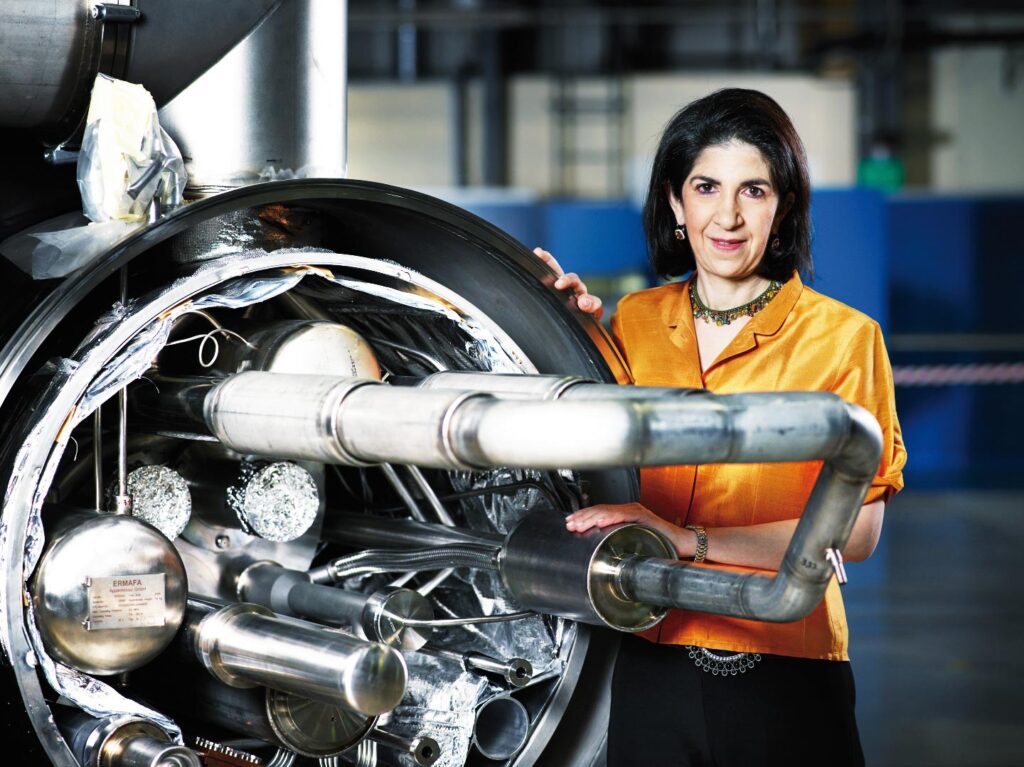
Did you have a female role model?
Yes, it was Marie Curie. When I was 17 years old, I read the biography of Marie Curie, and that was a game-changer for me, one of the things that pushed me into physics.
In what way?
Because she was a great scientist and a woman. Research was really an integral part of her life. She had her lab at home, so she would prepare the soup for dinner in the kitchen, and then go to the nearby room to change a radioactive sample. This coupled with the fact that I was, as I was saying before, a very curious girl and wanted to understand how the universe works at the most fundamental level, actually brought me into physics.
If you would have to describe yourself in terms of leadership, what kind of leader are you?
It’s difficult for me to tell – I am really a supporter of teamwork. I have four directors that supervise four different sectors, from accelerators to research, administration and international relations. And each sector has departments and department heads. The directors, the department heads and I form the top-level management of CERN, and we work together in a collegial way. Of course, the responsibility for certain decisions is mine, and there are situations where my management colleagues have different views, so it’s up to me to draw the conclusion and make a decision. But I like confronting myself with a variety of opinions, with different experts around the table because this allows us to make much more informed and motivated decisions than if just one brain, one head decides.
I assume that in a world full of researchers there’s a lot of ideas coming from down to top as well, because people are constantly finding things?
It’s a very creative environment, absolutely. And in such an environment it’s very, very important to be open, to have a dialogue with people, to listen to them. As a leader I have to contribute to giving the vision of where to go, but I like to discuss with my collaborators and the community.
Do you still do research yourself?
I cannot do research on any specific project because I don’t have the time and it would put me in a conflict-of-interest-situation, because I have to be neutral with respect to all CERN activities. But I still do science in terms of strategy, for instance, by contributing to preparing the future of the laboratory.
Where do you reload your batteries?
Sport. Running, I like running, I try to run every second day. When I have time, especially on weekends, I like playing the piano.
One question is always on my mind when I think of CERN. You are studying the feasibility for a much bigger accelerator now, I heard. Is doing that, colliding particles, solving the problems of the world?
Yes and no. It’s not a collider that is going to address directly the global challenges that we have today. What we do with a collider is improving our knowledge of the universe and of the fundamental laws of nature. The main goal is exploration. Learning how nature works, where we come from and where we are going is part of our aspirations as human beings, as clever beings. Particle physics contributes to answering these kinds of questions. And this is already an important contribution to humanities.
In addition, our extremely ambitious scientific goals require the construction and operation of extremely complex and sophisticated instruments, namely particle detectors, particle accelerators, and advanced computing infrastructure, and the development of cutting-edge technologies across a variety of domains, which we transfer to society at no cost. Indeed, open science is enshrined in CERN’s founding convention, and whatever we learn and develop must be made available to humanity. And many of CERN’s technologies have had a profound impact on society and everyday life and I am sure they will continue to help society to address some of its challenges also in the future. The most famous example is the World Wide Web, which was developed at CERN in 1989 by Tim Berners-Lee. CERN’s accelerators technologies are used today to irradiate cancer with proton and light ions, a treatment that is complementary to X-ray therapy. CERN’s detector technologies are used for medical imaging (PET scanner). In the future, our superconducting cables may offer the possibilities of transporting high currents without losses, with a positive impact on energy consumption and sustainability. So through its technologies, CERN has huge impact on society.
CERN – which celebrated its 70th anniversary last year – it is also a brilliant example of collaboration across borders, with its community of more than 17,000 people from all over the world representing more than 110 nationalities. Some of these people come from countries that are not best friends with each other, and yet here they work together. We also have scientists coming from underprivileged countries, or countries where there is not enough support for science. In this case, our goal is capacity building. Another important component of CERN’s mission is training and education. At any given time, we are training some 4,500 young people, including physicists, engineers and technicians across a vast number of domains. Typically, only 30 % of these people remain in particle physics, the others go to work in industry or other sectors of society. So CERN provides society with a continuous flux of highly-talented young people trained in STEM (science, technology, engineering, mathematics), which the world increasingly needs.

